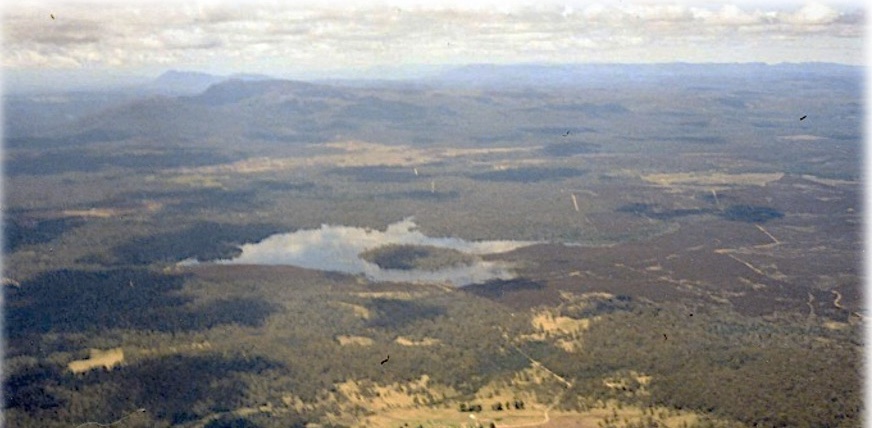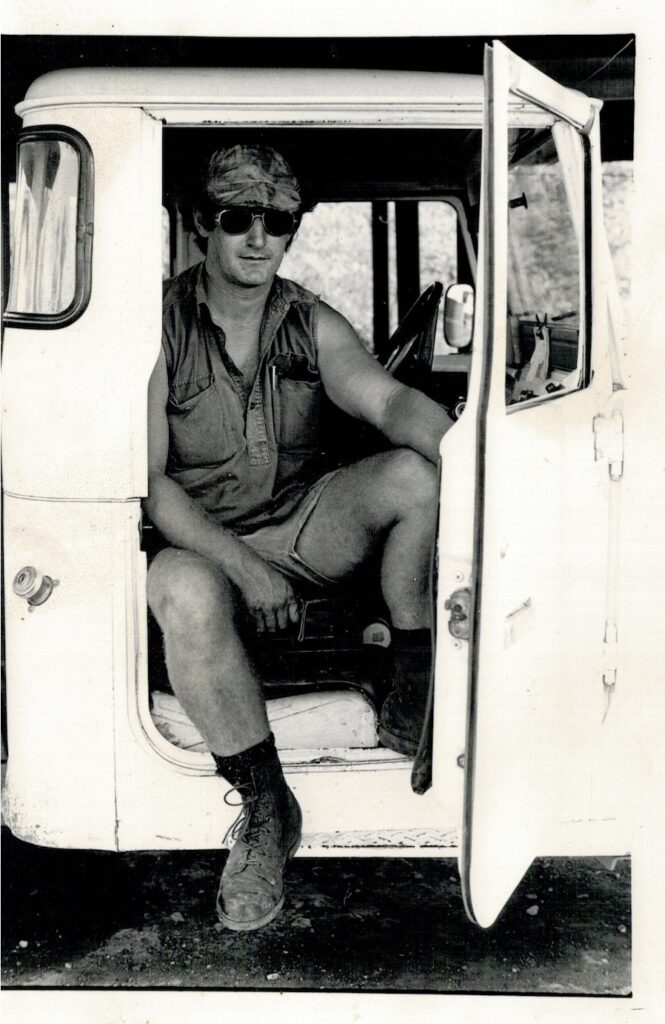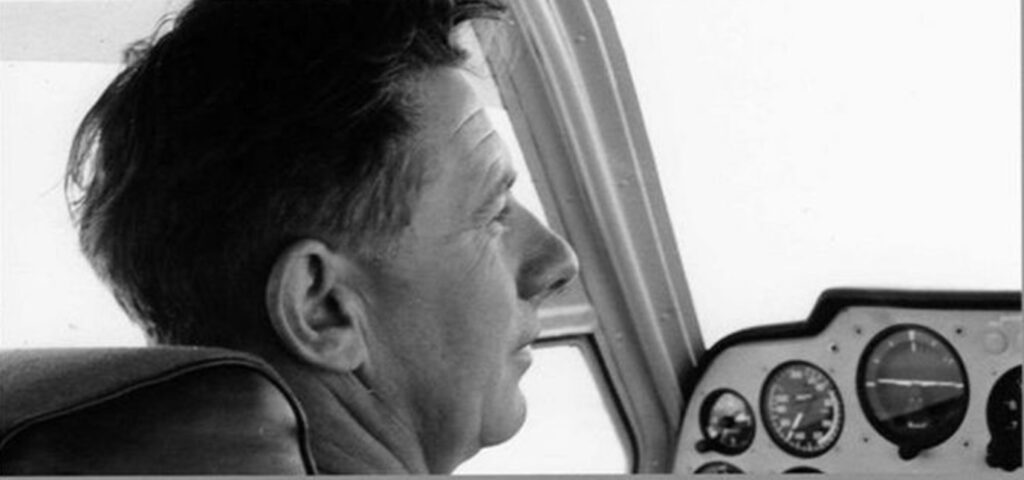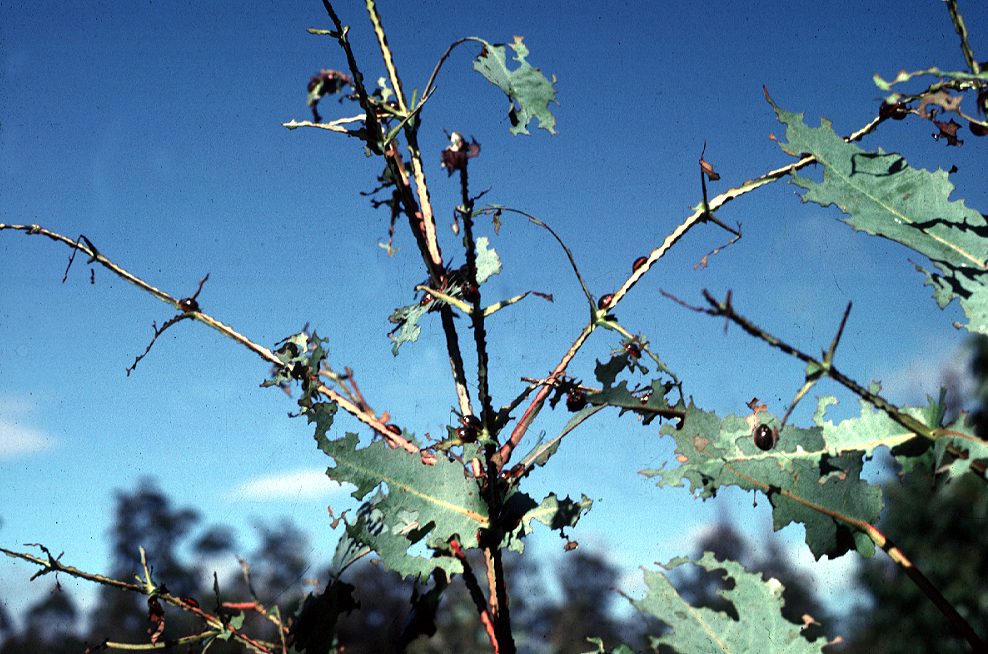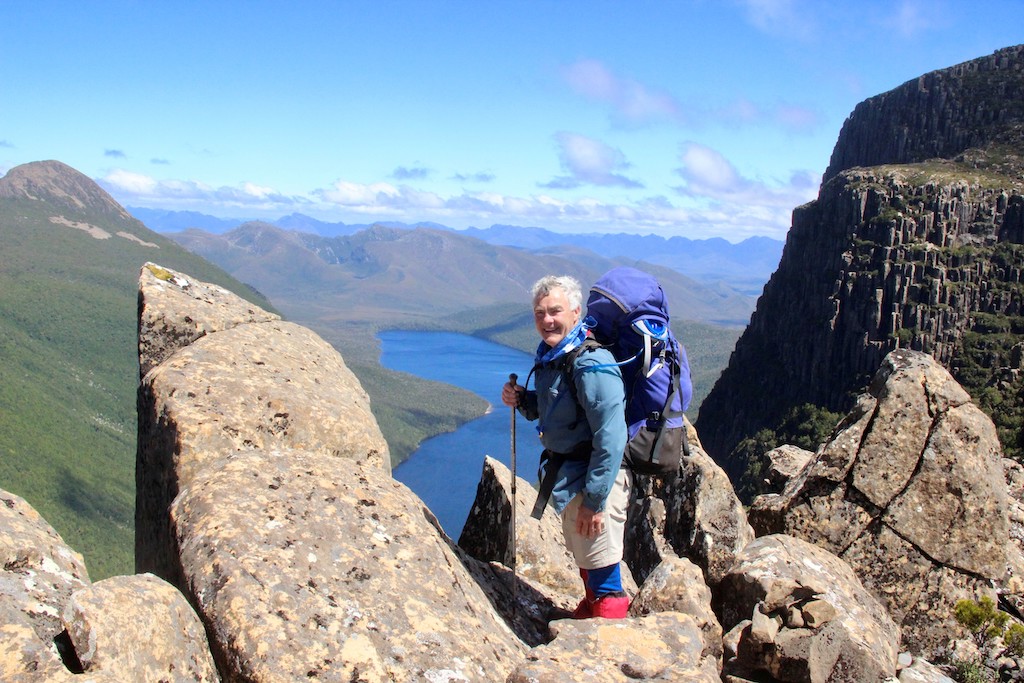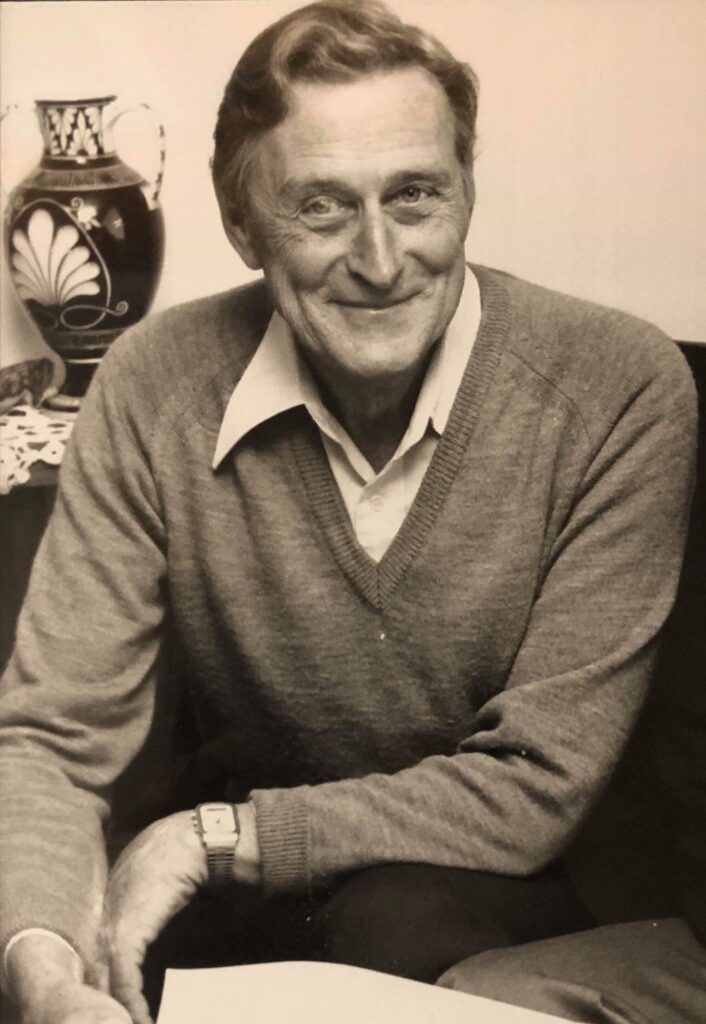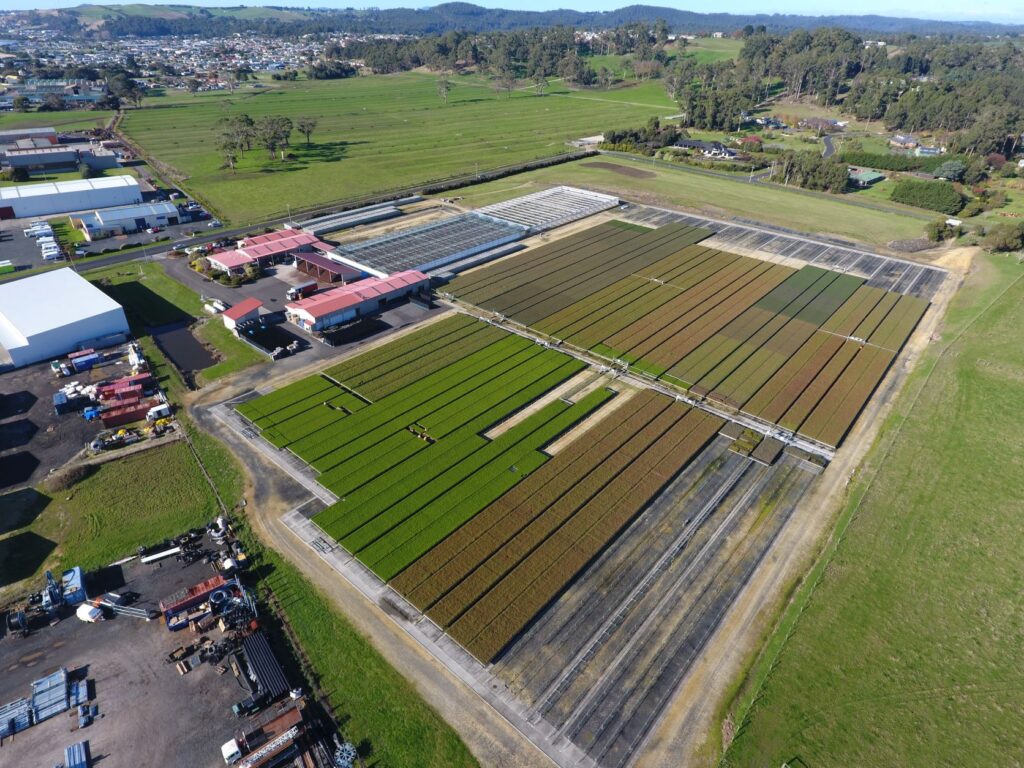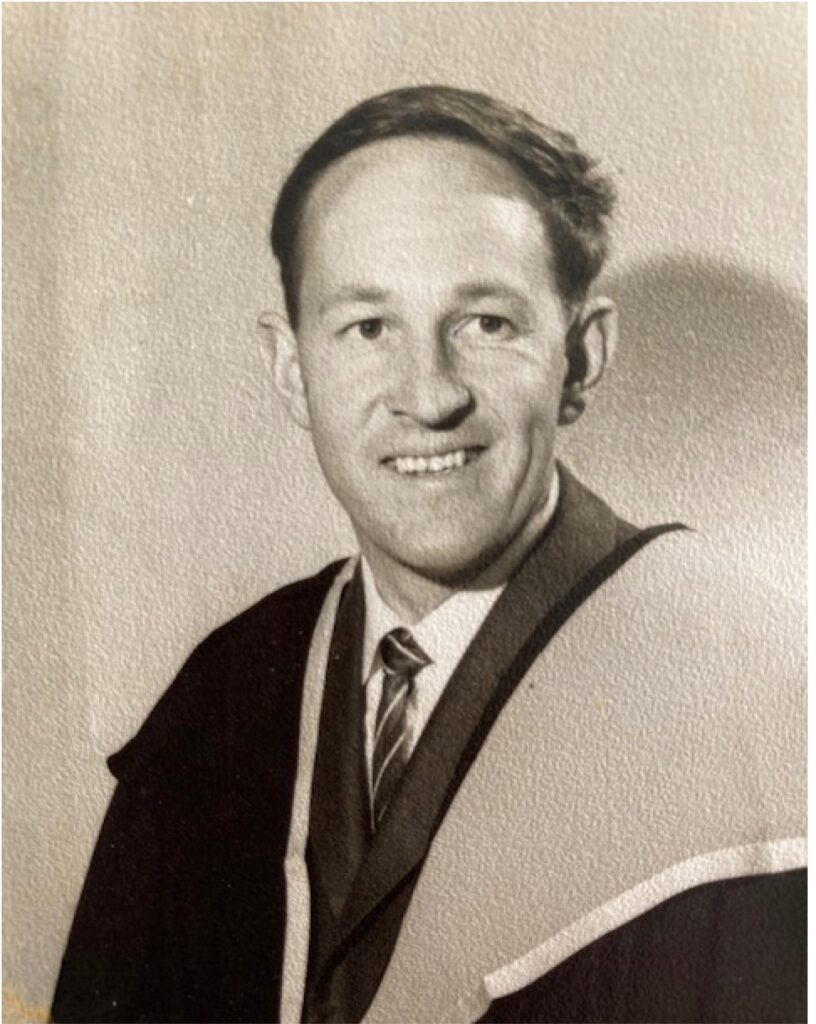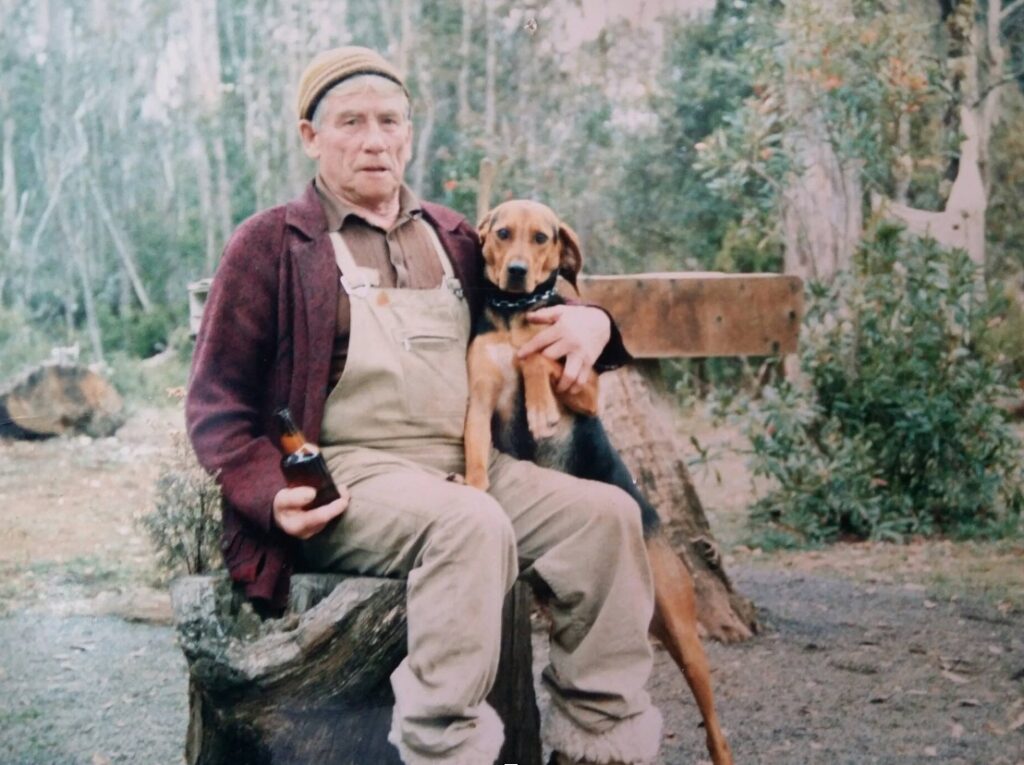Fishing at the Pulp Dam: some memories and notes from Bob French’s fishing diaries
Bob French has been fishing every year at Talbots Lagoon for nearly 60 years. Although he has a shack at the Great Lake, Talbots has always been his favourite fishing place. Fortunately, Bob has kept records and diaries to document his experiences. He is recognised through the North West Fly Fishers Club as a measurer and collator of statistics on fish caught at Talbots.… Read more
Fishing at the Pulp Dam: some memories and notes from Bob French’s fishing diaries Read More »
